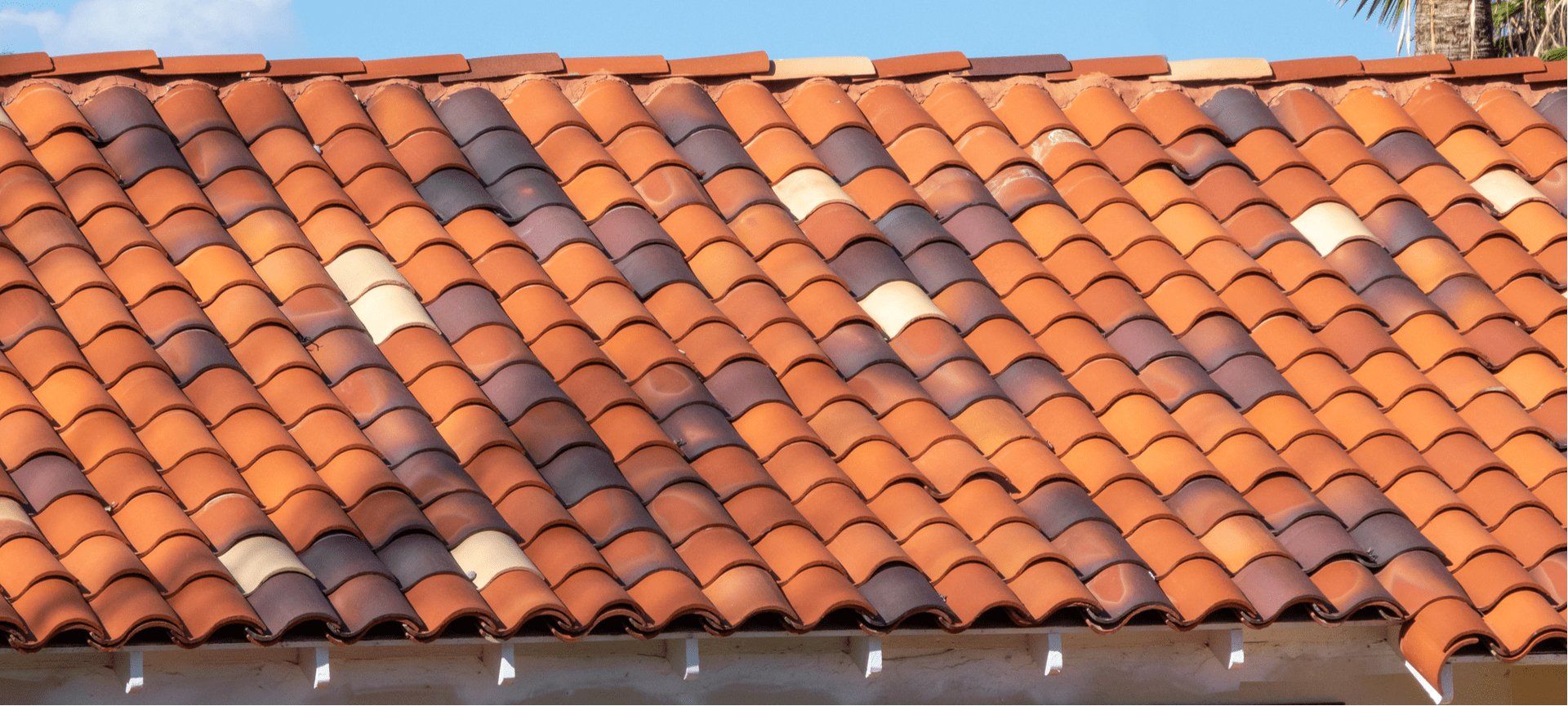How To Figure Out If Its Time For A Roof Replacement
Stephen Bis • November 9, 2020
Do you need a roof replacement? Would you know if you did? Sometimes, the signs can be pretty noticeable, but other times they won't be. A sturdy roof above your head is pretty crucial if you've become acclimated to having a warm, comfortable, and leak-free home. Here's how to see and deal with potential issues before they become tough to manage.
If you've done just a little investigation into this question, you've probably come across the "25-30 year rule" for the longevity of most roofs. That figure is used as a benchmark. Most residential roofs need a replacement within that window. But, there are many variables to consider, and all roofs are unique.
Your roof takes a lot of external wear and tear with every year that goes by. Persistent sunlight, strong winds, debris, rodents, hurricanes, large amounts of rain, or chaotic weather conditions – all of these have a direct correlation with a roof's lifespan. How quickly your roof needs to be replaced depends on several factors:
- What kind of weather is experienced.
- Proper maintenance and care.
- Age of the materials.
- How good the materials used are.
- How well it was installed in the first place.
- Upkeep with minor repairs.
- If wildlife was kept away.
- External debris build-up.
You Have An Old Roof
An important initial factor to consider before inspecting your roof for cracks, breaks, and other problems is its age. A roof that is 25 to 30 years or older may necessitate a total re-roof, even if the roof itself appears in good shape to the naked eye. Roofs from decades ago were quite often created with materials that are no longer useful or considered strong today. If your roof is 10, 15, or 20 years old, it might be time for a thorough inspection and potentially investing in an entirely new roof altogether, especially if your roof has been laid over a previously installed roof.
Conduct An Interior Roof Check
The first step is to scoop up a flashlight and get to the attic. Make sure you grab a flashlight with a powerful beam, so you don't miss any damage and always be conscious of your safety as you go through these kinds of inspections.
Upon arriving in your attic, try to identify one or more of these four signs that you need a new roof:
1) Daylight Through The Roof Boards
Before you turn your flashlight on, see if you can notice any streams of sunlight coming through cracks or punctures in your roof. If the light is spotted coming through your roof, repair or replace your roof right away. If the light is getting through your roof, then water is getting through your roof.
2) Dark Streaks & Stains
This one is also rather easy to identify. If there are dark stains or dark streaks on the underside of your roof or running down the walls from the base of your roof, then your roof is probably leaking, and moisture is deteriorating both your roof, as well as your home's interior structure.
3) Sagging Areas
Much like how a soggy cardboard is weak, water can also make the structure of your roof start to sag. If you come across sagging areas in your roof, use your hand or a broom to prod at the sagging spot carefully. If the spot feels soft and wet or moves around easily with a touch of your broom, you know you have moisture damage.
4) Leaks
In addition to looking for dark streaks and sagging areas, be sure to check for any present indications of water leaking or rotting your roof on the inside. If you find any clear signs of water damage, it's advisable to contact a roofing company
to immediately inspect your roof.
Missing, Loose, Or Cracked Shingles
Examining your roof's shingles is another recommendation to determine whether or not your roof is in need of further attention or a possible roof replacement entirely. When inspecting the outdoor shingles of your home's roof, try to spot any cracks, dilapidated shingles, or shingles that have curled or angled upwards.
Asphalt that is curled, cracked, or misshapen may necessitate a further inspection to determine whether or not they can be replaced one by one or if you are better off investing in an entirely new roof.
Locating shingle granules on your roof or building up in your gutter can also be an indicator that the moment is here for a complete and thorough roof replacement. Excessive asphalt granule loss is a major sign that the roof's state is not where it should be to ensure your roof can hold up to a large hurricane.
Moss, Dark Spots, And Algae Growth
Dark spots (or generally dirty-looking shingles) are caused by moss and algae growth. These might not be directly tied to when you need to replace your roof (or get it repaired), but such fungus can spread out and begin damaging other parts of the roof.
Is there fungus or other types of natural growth on top or out of your roof? If so, don't worry. Our natural environment tends to grow over any human-made building in its path if it is not adequately looked after and maintained.
When looking over your roof and the new growths you have spotted, be sure to do so by examining both the inside and outside of your roof. While most plant growths are likely to be seen from the outside of your roof, if there is a bigger issue on-deck, nature may also be growing on its own indoors with you having zero clue.
In most scenarios, treating the algae from a roof is a way to rapidly fix the issue without even having to consider a re-roof. But, if there are substantial growths around your roof or even inside of your home, the recommendation is to find a roofing company to determine the root cause and reason for the growths.
When a roof has been completely covered in growths in nature, there's a strong probability the roof needs to be replaced in its entirety to stop the process in its tracks.
The good news is that algae growth and accumulation are not usually indicators that you need to fix or replace your roof. Rather, moss is more-so an eyesore on your roof and one that is quite common in hot places like Southern Florida.
If the situation calls for a full roof replacement, there then becomes some decisions to be made. Such as which roofing material to use. Which roofing contractor will you hire? Whether there's a valid insurance claim. For many people having the money required in the bank to get a new roof may not be a possibility; there is financing available for homeowners offered by certain roofing contractors. Be sure to do proper research before making your choice of contractor.



